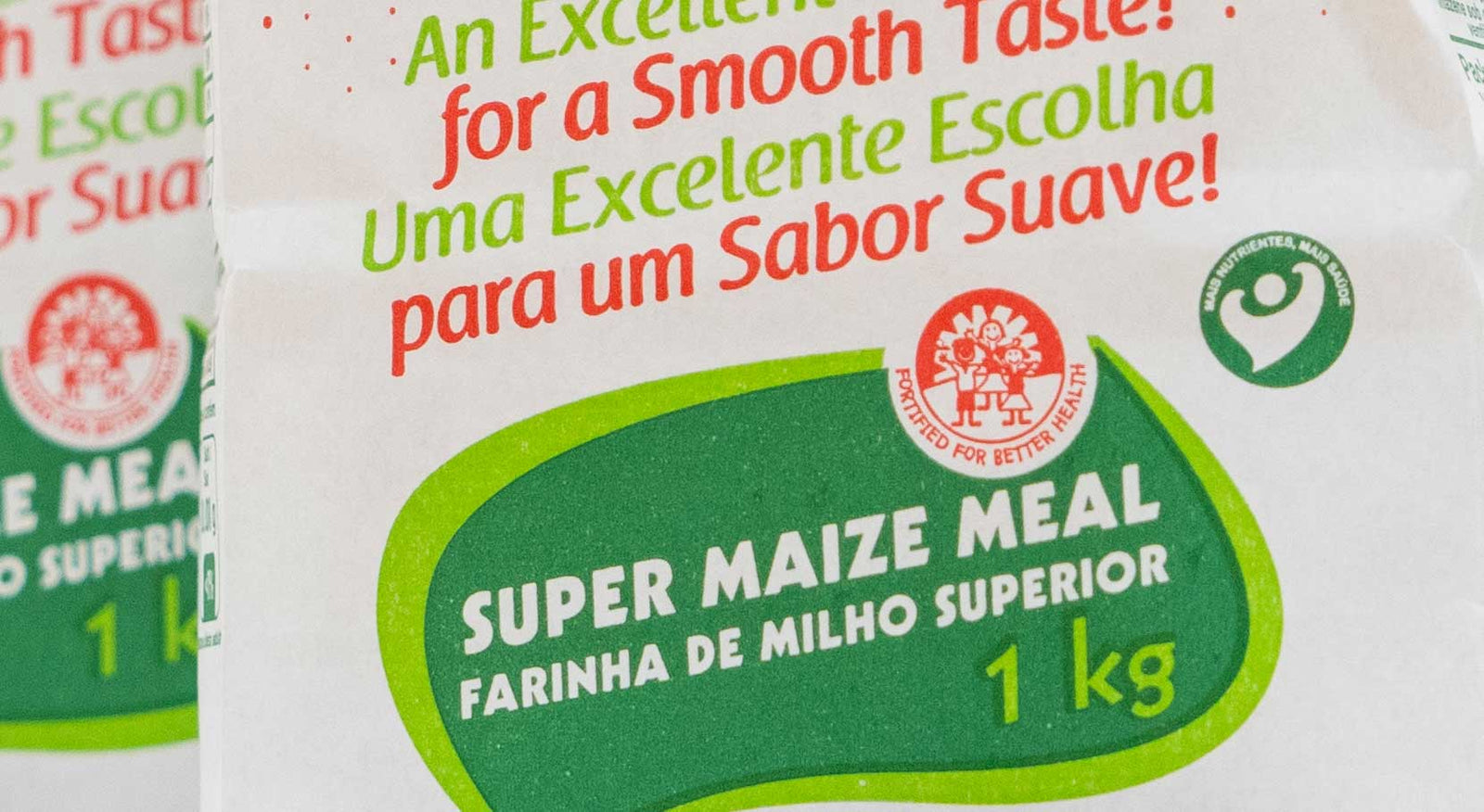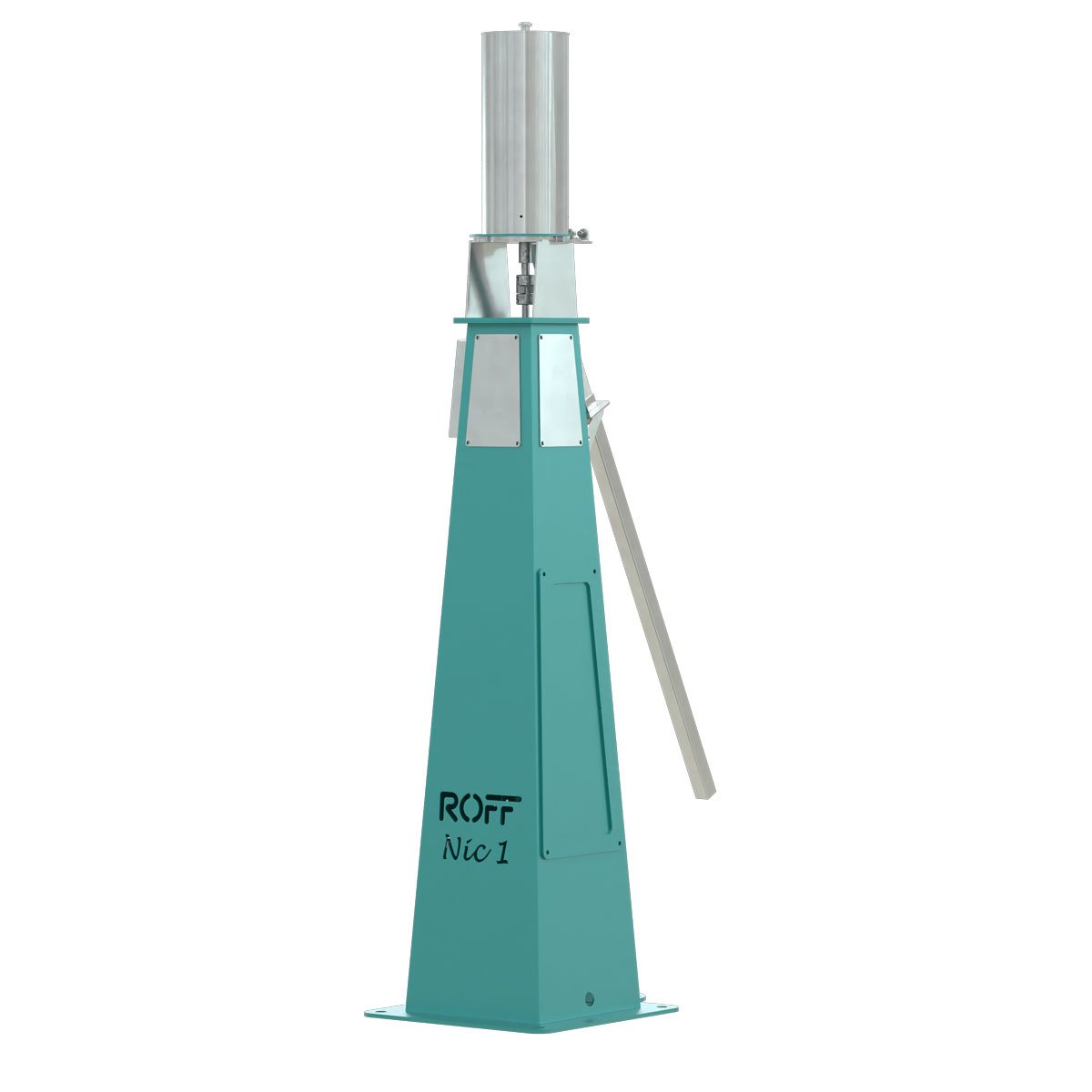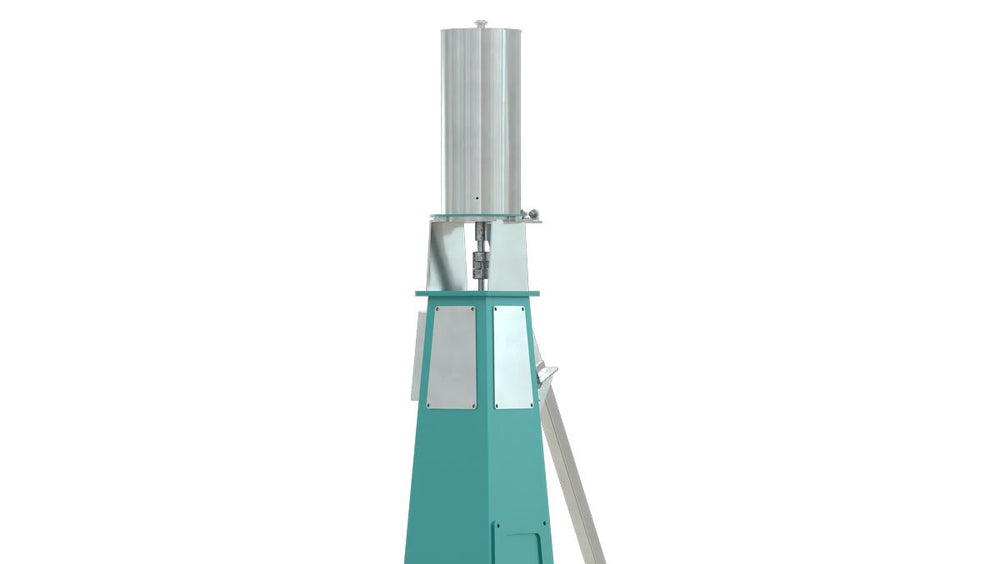This follow‑up dives into the day‑to‑day “how” of staying compliant—regulations, dosing technology, audits and ROI—so you can keep your maize mill running smoothly and profitably.
Fortification: From public‑health ideal to operating licence
- Regulatory pressure is rising. Kenya tightened iron and zinc targets for sifted maize meal in January 2025, while Tanzania shifted from annual self‑declarations to quarterly lab submissions.
- Big buyers demand proof. School‑feeding tenders in Zambia and Malawi now award multi‑year contracts only to mills that present third‑party micronutrient certificates.
-
Penalties hurt. Health officers across SADC can seize or re‑label non‑compliant maize meal under food‑safety laws modelled on South Africa’s Foodstuffs Act.
Bottom line: fortification is no longer optional—it is your ticket to market access and price premiums.
What exactly goes into the premix?
In Sub-Saharan Africa, maize meal fortification typically follows regional and national guidelines aimed at combating micronutrient deficiencies. While the exact composition of the premix can vary slightly by country, the general standards (guided by WHO, SADC, and national fortification programs) usually include the following micronutrients and their target levels per kilogram of maize meal:
| Micronutrient | Typical Target (mg / kg or IU / kg) |
|---|---|
| Vitamin A (retinyl palmitate) | 2 000 – 2 400 IU |
| Iron (electrolytic or NaFeEDTA) | 30 – 45 mg |
| Zinc (oxide) | 15 – 25 mg |
| Folic acid | 1 – 2 mg |
| Niacin, Thiamine, Riboflavin, B6 | Country‑specific ranges |
Tip – Never assume your local targets match a neighbour’s.
- The premix is usually added using a micro-doser to ensure accurate and consistent inclusion.
- Country-specific regulations may adjust dosages or permitted forms depending on local dietary intake, maize meal type (e.g., whole vs. degermed), and public health priorities.
- Most premix suppliers offer formulations tailored to each country's legislation, including Zambia, South Africa, Kenya, and others.
Five‑point compliance checklist for mill managers
- Know your spec. Save the latest Gazette or Bureau‑of‑Standards notice; highlight nutrient limits and approved test methods.
-
Vet your premix supplier. Demand a Certificate of Analysis for every batch and store digital copies for audits.
-
Calibrate your doser. Perform a salt‑bucket test and adjust screw speed until dosage is within ± 2 %.
- Log in‑process QC. Record hourly composite samples for iron and vitamin A; keep results in your HACCP file.
- Verify externally. Send a monthly composite sample to an ISO 17025 lab; keep certificates on‑hand for buyers and inspectors.

Plug‑and‑play fortification: Roff’s Micro Doser with VFD
| Feature | Why it matters to maize millers |
|---|---|
| Variable‑frequency drive (VFD) | Synchronises screw speed with product flow, keeping nutrient levels steady even when throughput changes. |
| ± 2 % dosing accuracy | Helps you stay within tight regulatory windows, avoiding costly rework or rejects. |
| Stainless product‑contact parts | Resists corrosion and simplifies hygiene compliance. (Roff Milling) |
| Pulse output for PLC / SCADA integration (optional) | Makes it easy to tie the doser into existing plant data systems for electronic batch records. |
Learn more: Roff Micro Doser with VFD
Installation quick wins
- Allow ≈ 700 mm service clearance for hopper refills.
- Tie the doser’s VFD into your control panel or PLC so screw speed follows main‑motor amps.
- Route a dedicated compressed‑air line for quicker hopper cleaning.
What does compliance cost vs pay?
- Premix + Quality Control for a 2 ton/hour mill in Lusaka ≈ $US 3.40/ton.
- Retail premium for certified fortified maize meal: $US 10 – 12/ton.
- Net extra margin per ton ≈ $US 6.6
- Annual gross‑margin lift (8 000 ton output): ≈ USD 52 800—enough to recoup the doser and lab fees several times over.
- Market share gains from your competitors who don't fortify and building brand trust can be even more valuable than just the extra premium you are able to charge.
Top audit pitfalls—and how to avoid them
| Pitfall | Fix |
|---|---|
| Premix past expiry | Rotate stock FIFO; keep humidity < 60 %. |
| Inconsistent screw speed | Re‑calibrate after every major maintenance shutdown. |
| Missing batch records | Link the doser’s pulse output to your PLC or log readings hourly by hand; print summaries weekly. |
| No corrective‑action log | Keep a one‑page SOP so supervisors can document deviations on the spot. |
Grab your fortification toolkit
- Hourly QC log (Excel)
- Micro doser calibration SOP (PDF)
Frequently Asked Questions
Do I need multiple dosers for different nutrients?
No. Modern premixes blend all required micronutrients. One precision doser is adequate for mills up to about 10 t/h.
Can I fortify in batches instead of continuously?
Unlikely to pass audits. Inspectors now expect continuous dosing backed by logged proof.
How do South African and Zambian iron limits differ?
Zambia requires a slightly higher iron minimum (35 mg/kg), while vitamin A limits are identical.
Conclusion
Fortification compliance is both a legal obligation and a profit lever. Equip your maize mill with accurate dosing tech, airtight record‑keeping and a solid verification plan, and you’ll transform a statutory burden into a competitive edge.
Ready to audit‑proof your mill? Book a free call with a Roff sales person or download the Micro Doser product brochure today.






1 comment
Some seeds
———
Roff Milling replied:
Hello Terry, if you require any assistance from our sales team, please reach out via email to sales@roff.co.za